Philips Pastamaker Avance starter kit consisting of adapter + fusilli + dough card + cleaning instruments
64,30 € incl. VAT plus shipping costs
Philips Pastamaker Avance starter kit consisting of adapter + fusilli + dough card + cleaning instruments
64,30 € incl. VAT plus shipping costs
Starter set for Philips Pastmaker Avance
The extension for your pasta machine!
Included in the set is:
1.) Adapter color gold, with which the bronze matrices can be used in the Philips Pastamaker Avance
2.) Die made of bronze Fusilli A3 8,5 mm, diameter 4,5 cm - the classic
3.) Dough card with beveled edge for precise cutting
4.) Three cleaning pens consisting of a generalist, fine putty and tagliatelle cleaner for cleaning the matrices
Adapter made of metal, color gold
With this adapter you can use the popular Pastidea bronze matrices (4,5 cm diameter) on the machines of the Philips Pasta Maker Avance Collection.
The scope of delivery includes the mounting kit for the adapter, consisting of an Allen key, screw (already screwed into the adapter), nupsie (matrices or Philips pasta maker are not included).
The adapter is compatible with Philips Pasta Maker Avance, Plus or Premium: HR2330/xx, HR2331/xx, HR2353/xx, HR2354/xx, HR2355/xx, HR2356/xx, HR2357/xx, HR2358/xx, HHR2359/xx, HR2365/xx, HR2369/xx, HR2375/xx, HR2378/xx, HR2380/xx, HR2381/xx, HR2382/xx “xx” can represent any number between 00 and 99. Contact us if you are unsure or your model is not listed. All you have to do is send us a photo of your pasta machine and we can tell you whether the adapter fits.
The adapter does not fit Philips Pastamaker Viva (the smaller, narrow model)
Bronze fusilli die A3 8,5 mm
One of the most famous noodles in Germany is fusilli. They are often called Spirelli, Rotini and rarely Eliche.
The word fusilli comes from the Italian word “fuso”, which means spindle.
In manual fusilli production, spaghetti is still wrapped around a spindle.
According to legend, fusilli were invented at the court in Florence around 1550. The cook's son sat under the kitchen table and played with fallen pasta scraps that he wrapped around a knitting needle. These were the first fusillis.
Not quite as clear, but much more likely, is the story that the Fusillis originated in southern Italy. At some point, spaghetti began to be rolled up in a spiral for drying, as this rotation made it much easier to dry and store.
What is undisputed is that the twists mean that the sauce combines particularly well with the pasta. Fusillis are easy to dry.
Fusillis are available with 2, 3 or 5 wings. You can see how many propeller blades the Fusilli has by the die shape and also the die name. Ie a Fusilli A2 has two wings, an A3 has 3 wings, an A5 has 5 wings.
The matrix is supplied together with a transparent transport protection box.
Why bronze:
Bronze dies were the traditional way of making pasta. The pasta made “al bronzo” can only be found rarely and usually only in selected delicatessens.
By pressing the pasta dough through the bronze matrices, the surface of the pasta is slightly roughened at the same time, making the pasta easier to grip. This allows the pasta to better absorb the sauce, flavors and spices later on. Would you like to learn more about bronze matrices? Then we recommend this article to you here.
Recipe:
It is recommended to use durum wheat semolina, enough cold liquid such as water and/or egg. The dough should be kneaded for about 8-10 minutes, this is the only way the gluten from the durum wheat can fully develop. The result should be a moist, crumbly dough. You can find a standard recipe for our matrices here.
The matrices can also be used to produce gluten-free pasta.
Sustainability:
The format of the Pastidea matrices was originally designed for the Kenwood Pastafresca. By using reducing rings, the bronze matrices can be used on almost all other common pasta machines. All you need is an adapter that fits the machine.
This means that even if over time the pasta machine is replaced by another model due to a defect or for other reasons: the bronze matrix remains and can continue to be used in the future.
Storage:
Do you have several bronze matrices and are you looking for storage to protect the matrix from dust and darkening due to the effects of light? Then we recommend our storage systems, which you can also find in our range.
Please note:
Please note that the matrices may have small dark spots due to the material and production. This is due to the material and does not affect the function in any way. The matrices are not dishwasher safe. Should be dried immediately after cleaning to avoid water stains.
Starter set for Philips Pastmaker Avance
The extension for your pasta machine!
Included in the set is:
1.) Adapter color gold, with which the bronze matrices can be used in the Philips Pastamaker Avance
2.) Die made of bronze Fusilli A3 8,5 mm, diameter 4,5 cm - the classic
3.) Dough card with beveled edge for precise cutting
4.) Three cleaning pens consisting of a generalist, fine putty and tagliatelle cleaner for cleaning the matrices
Adapter made of metal, color gold
With this adapter you can use the popular Pastidea bronze matrices (4,5 cm diameter) on the machines of the Philips Pasta Maker Avance Collection.
The scope of delivery includes the mounting kit for the adapter, consisting of an Allen key, screw (already screwed into the adapter), nupsie (matrices or Philips pasta maker are not included).
The adapter is compatible with Philips Pasta Maker Avance, Plus or Premium: HR2330/xx, HR2331/xx, HR2353/xx, HR2354/xx, HR2355/xx, HR2356/xx, HR2357/xx, HR2358/xx, HHR2359/xx, HR2365/xx, HR2369/xx, HR2375/xx, HR2378/xx, HR2380/xx, HR2381/xx, HR2382/xx “xx” can represent any number between 00 and 99. Contact us if you are unsure or your model is not listed. All you have to do is send us a photo of your pasta machine and we can tell you whether the adapter fits.
The adapter does not fit Philips Pastamaker Viva (the smaller, narrow model)
Bronze fusilli die A3 8,5 mm
One of the most famous noodles in Germany is fusilli. They are often called Spirelli, Rotini and rarely Eliche.
The word fusilli comes from the Italian word “fuso”, which means spindle.
In manual fusilli production, spaghetti is still wrapped around a spindle.
According to legend, fusilli were invented at the court in Florence around 1550. The cook's son sat under the kitchen table and played with fallen pasta scraps that he wrapped around a knitting needle. These were the first fusillis.
Not quite as clear, but much more likely, is the story that the Fusillis originated in southern Italy. At some point, spaghetti began to be rolled up in a spiral for drying, as this rotation made it much easier to dry and store.
What is undisputed is that the twists mean that the sauce combines particularly well with the pasta. Fusillis are easy to dry.
Fusillis are available with 2, 3 or 5 wings. You can see how many propeller blades the Fusilli has by the die shape and also the die name. Ie a Fusilli A2 has two wings, an A3 has 3 wings, an A5 has 5 wings.
The matrix is supplied together with a transparent transport protection box.
Why bronze:
Bronze dies were the traditional way of making pasta. The pasta made “al bronzo” can only be found rarely and usually only in selected delicatessens.
By pressing the pasta dough through the bronze dies, the surface of the pasta is slightly roughened and the pasta becomes more grippy. This allows the pasta to absorb the sauce, flavors and spices better later.
Recipe:
It is recommended to use durum wheat semolina, sufficiently cold liquid such as water and/or egg. The dough should be kneaded for about 8-10 minutes so that the gluten from the durum wheat can fully develop. The result should be a moist, crumbly dough. We recommend the following standard recipe for our matrices:
Ingredients:
250 g durum wheat semolina or Semola rimacinata
Choose ONE of the following ingredients:
100 ml cold water or
110 ml liquid consisting of two eggs, the rest of the water, lightly whisked
Patterns:
Please only use cold liquids.
Avoid flour, replace it with semolina.
Use binding agents such as xanthan gum, gluten, etc. only to a limited extent, a maximum of 1 teaspoon per 500 grams of dry ingredients. Otherwise the dough will be too firm and the dies could break.
If you knead the dough for longer or let it rest, the gluten will develop on its own.
You can recognize a good pasta dough by the fact that it is moist and crumbly.
The matrices can also be used to produce gluten-free pasta.
Sustainability:
The format of the Pastidea matrices was originally designed for the Kenwood Pastafresca. By using reducing rings, the bronze matrices can be used on almost all other common pasta machines. All you need is an adapter that fits the machine.
This means that even if over time the pasta machine is replaced by another model due to a defect or for other reasons: the bronze matrix remains and can continue to be used in the future.
Storage:
Do you have several bronze matrices and are you looking for storage to protect the matrix from dust and darkening due to the effects of light? Then we recommend our storage systems, which you can also find in our range.
Please note:
Please note that the matrices may have small dark spots due to the material and production. This is due to the material and does not affect the function in any way. The matrices are not dishwasher safe. Should be dried immediately after cleaning to avoid water stains.
| Weight | 0,397 kg |
|---|---|
| Size | 0,45 cm |
| Color | |
| Brand | Pastidea |
| Material | |
| Matching machines | Versatile, without adapter: Kenwood or with adapter: Philips Pastamaker Avance, Philips Viva, KitchenAid, Simac, Ariete, Unold, La Fattorina, Firmar, TR50, Häussler, Korngold, Omega |
| Dishwasher safe | |
| adapter required |
you have to be logged in to be able to give a rating.

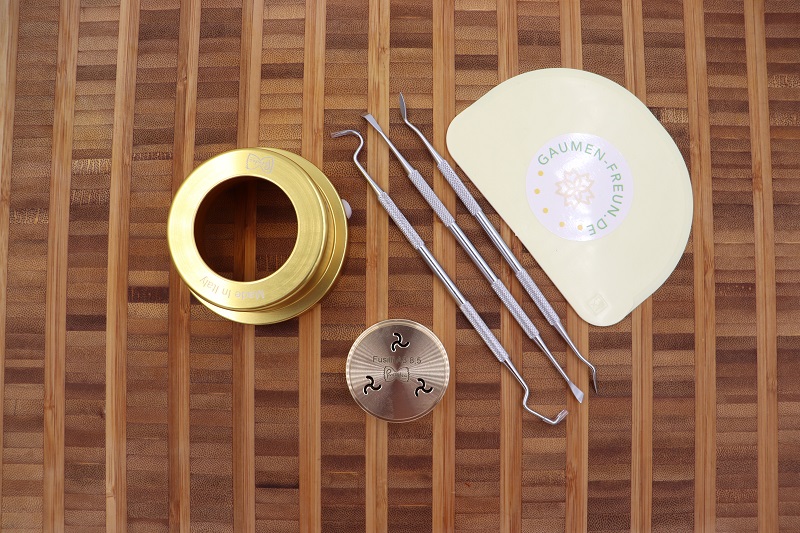
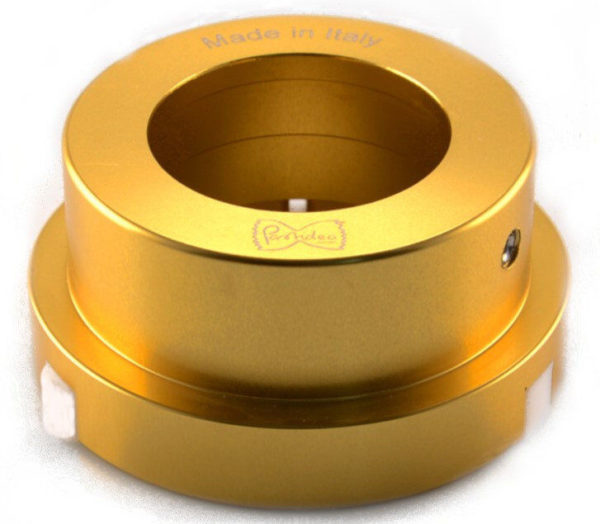
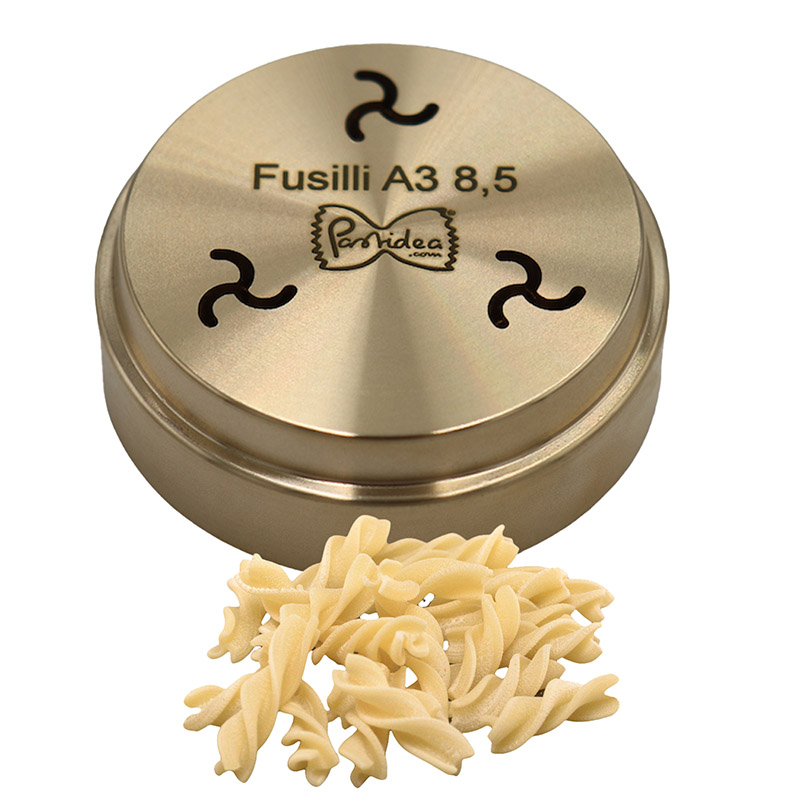
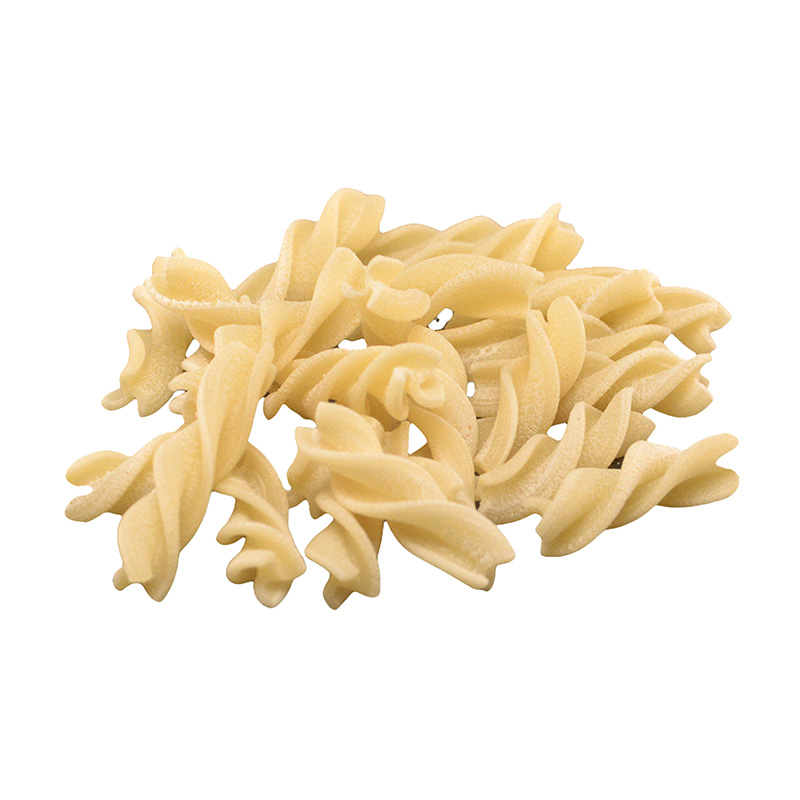
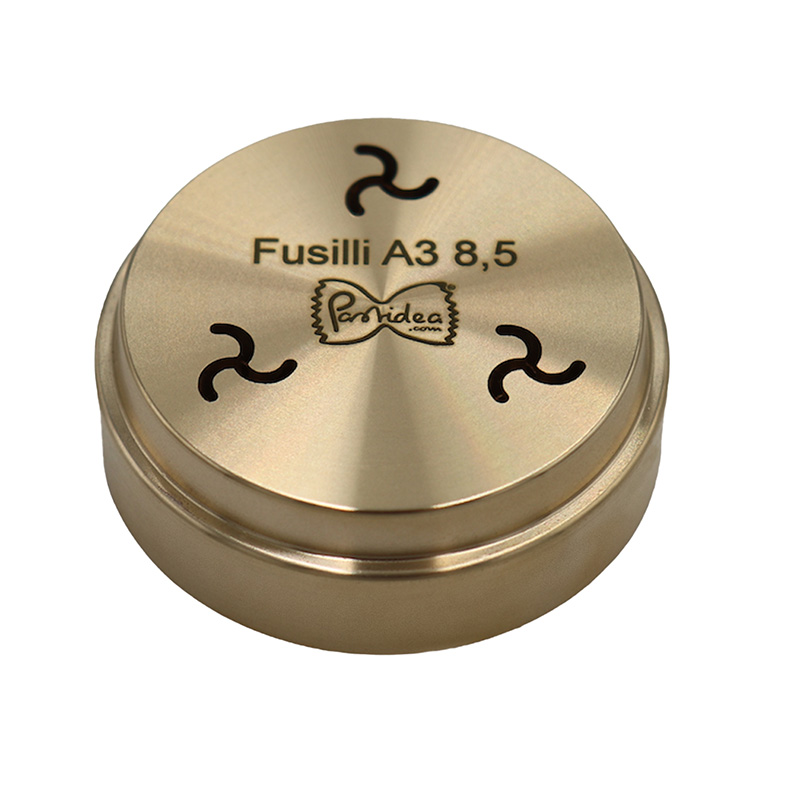
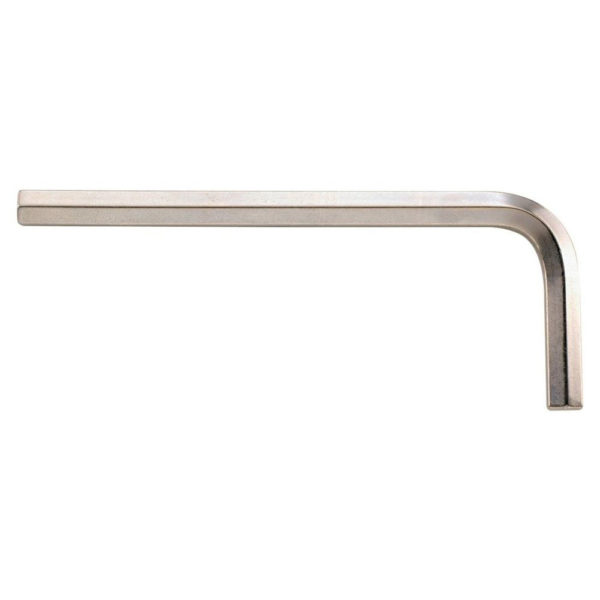
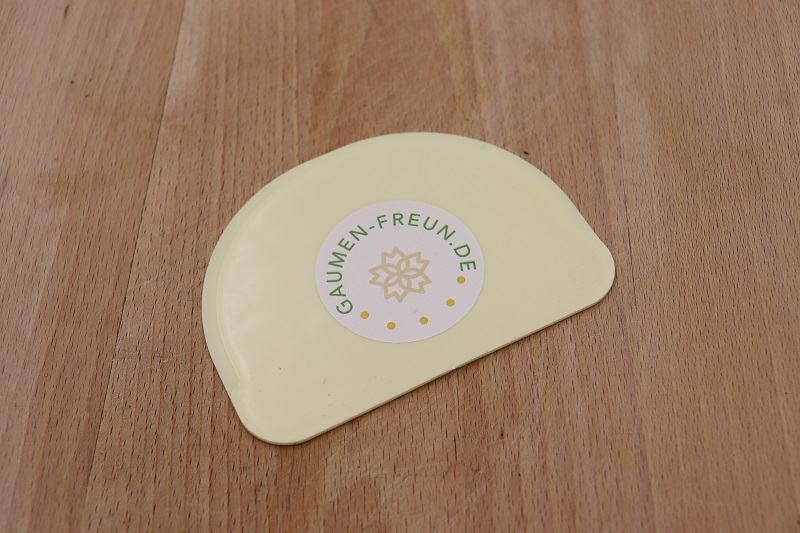
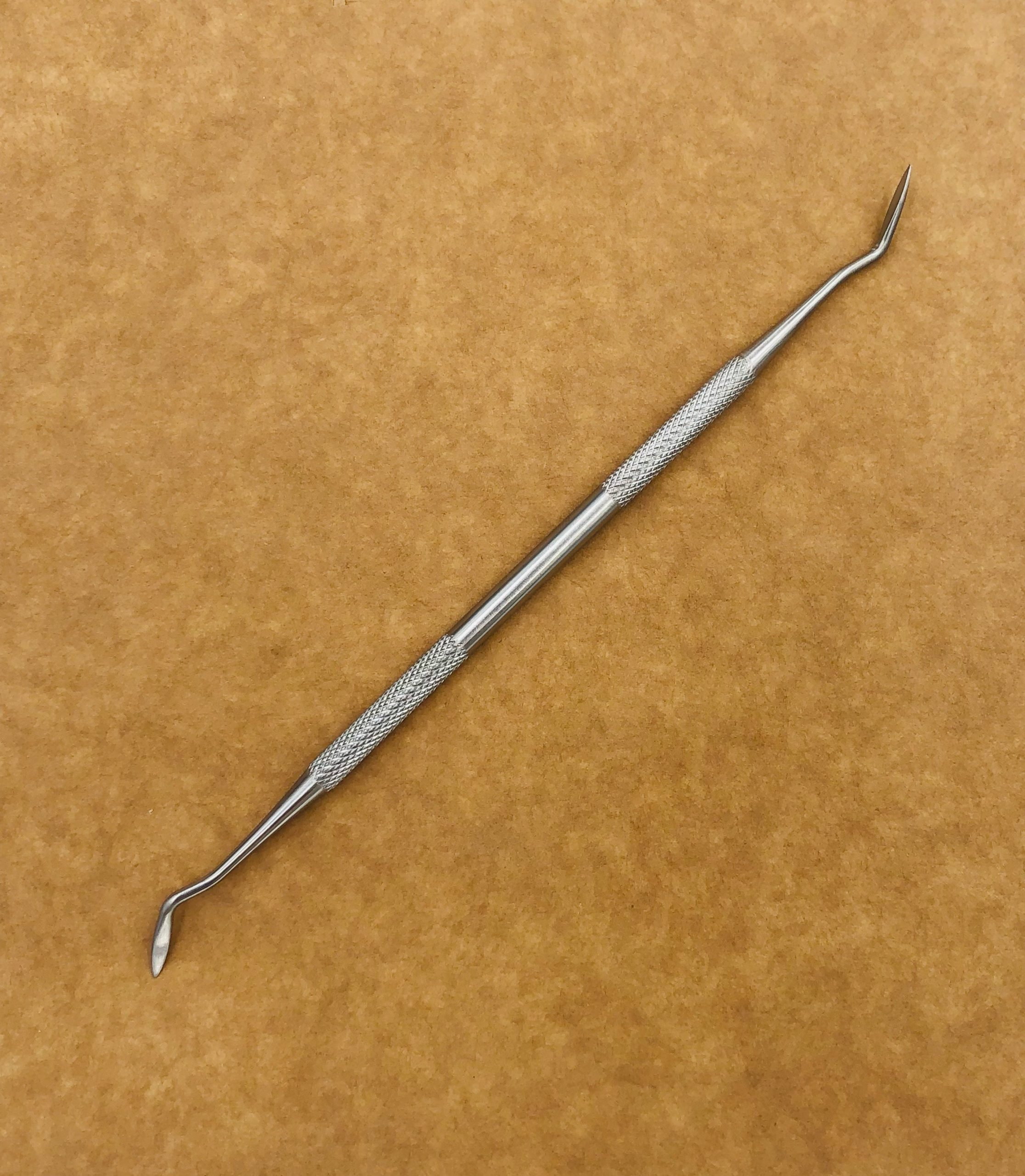
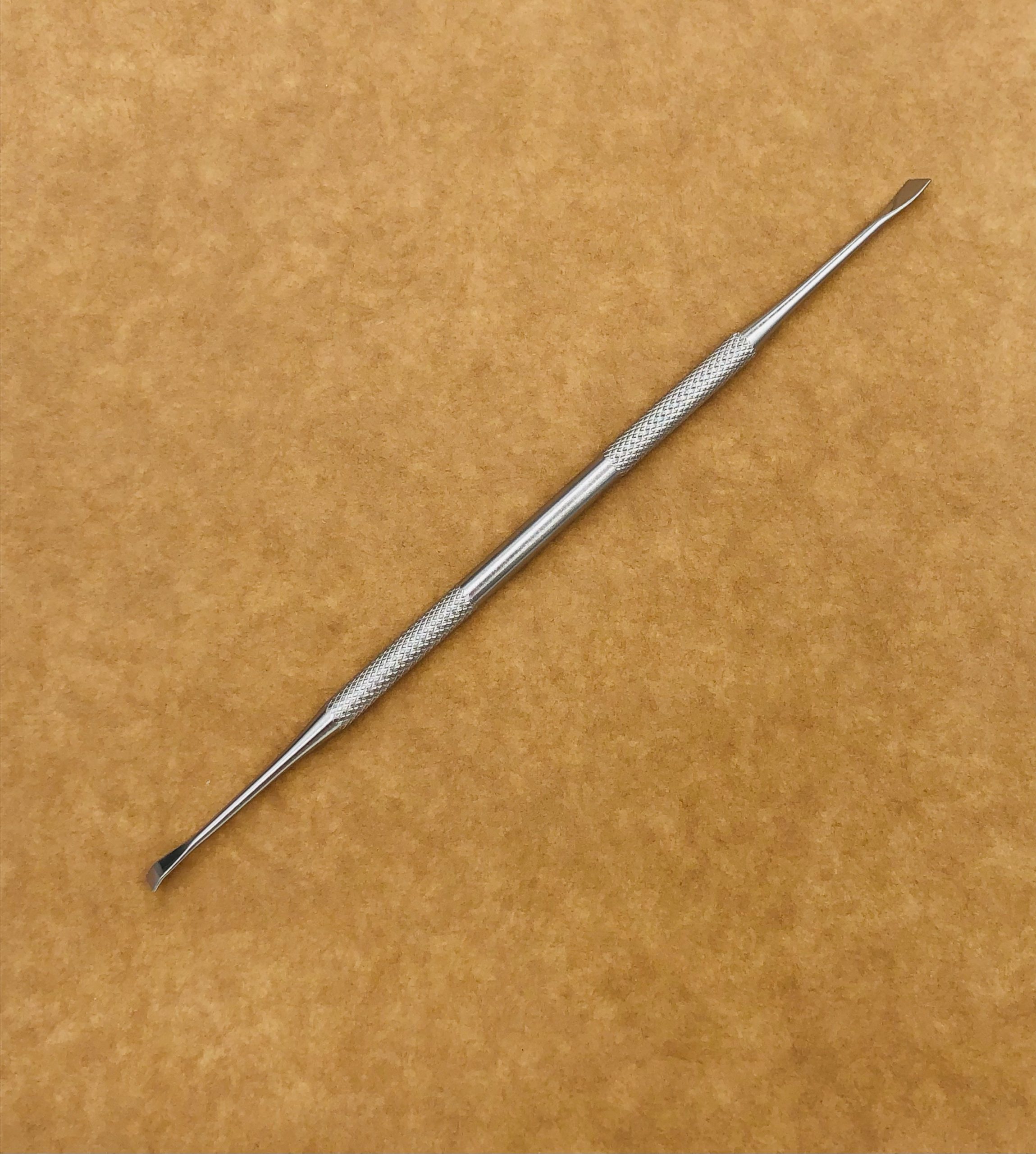
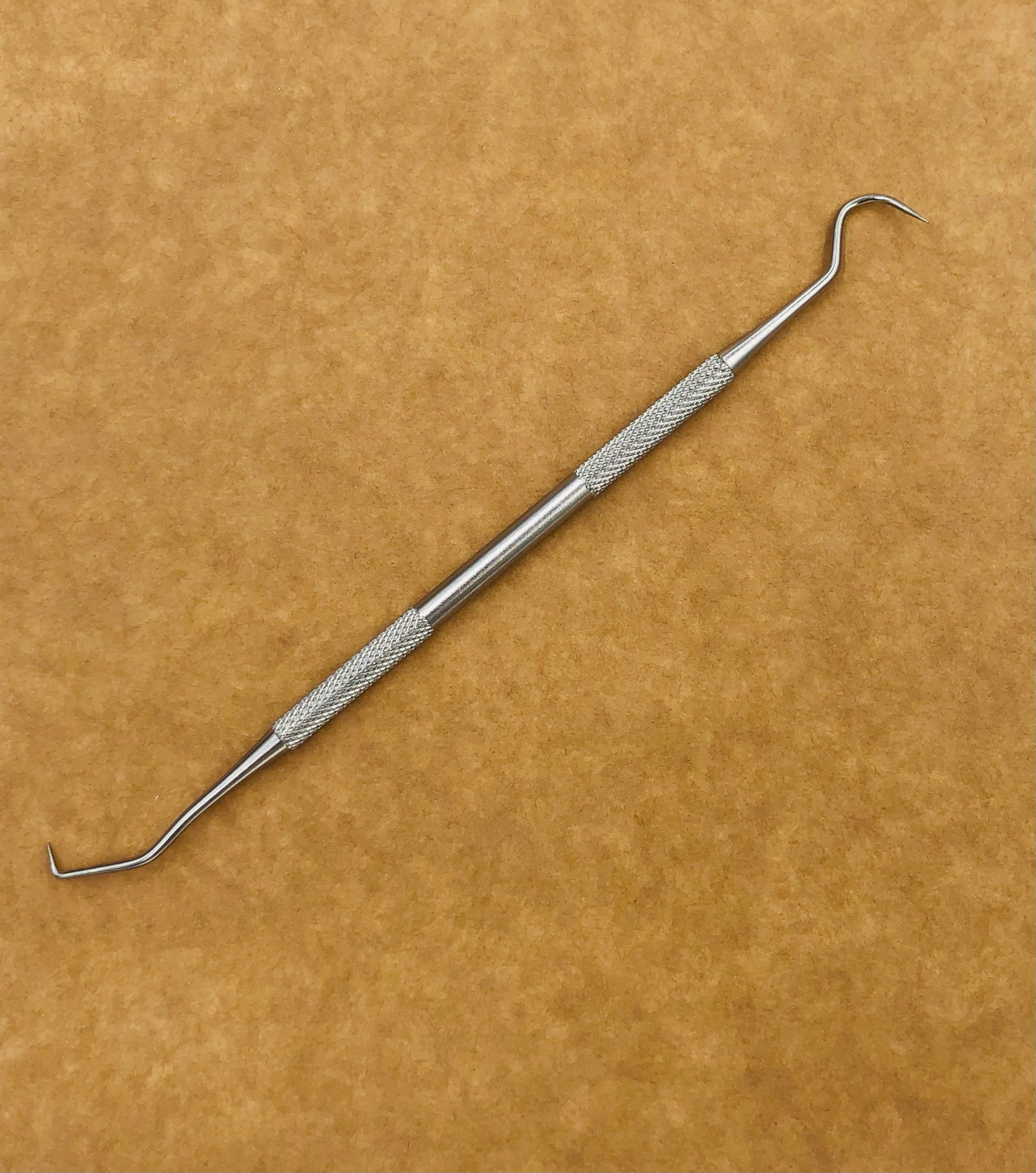
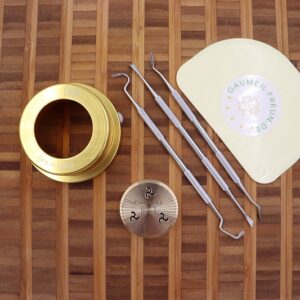
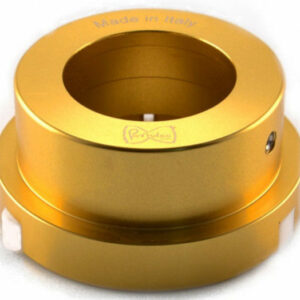
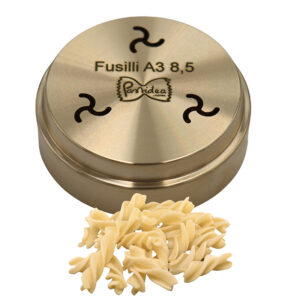
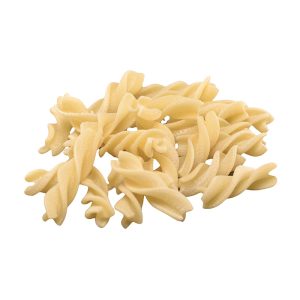
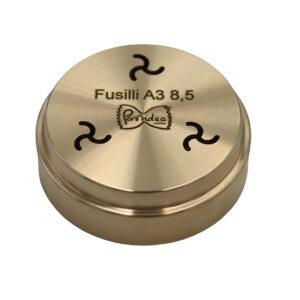
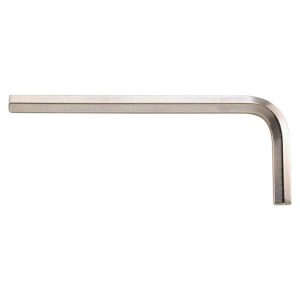
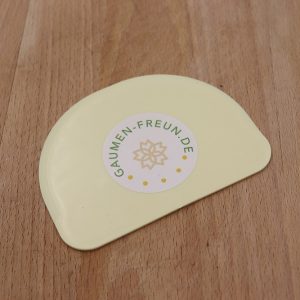
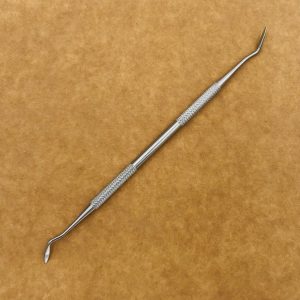
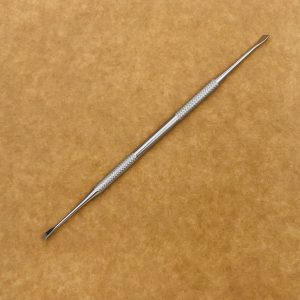
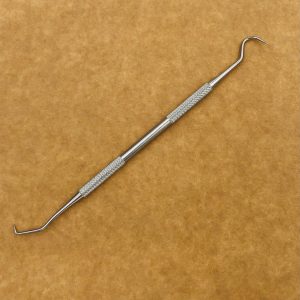
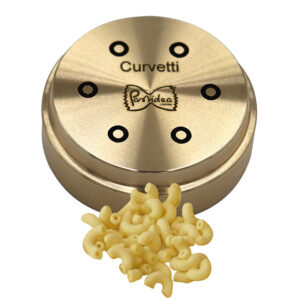
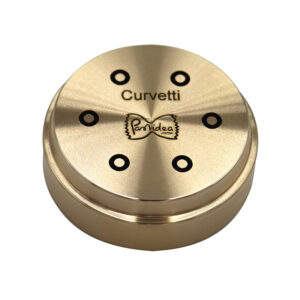
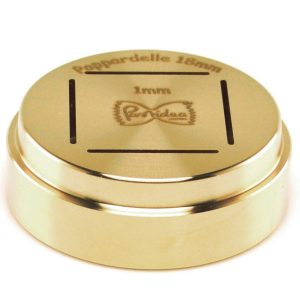
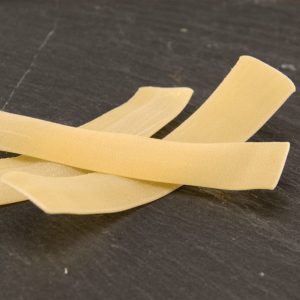
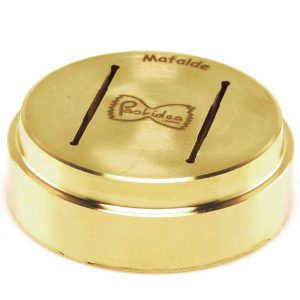
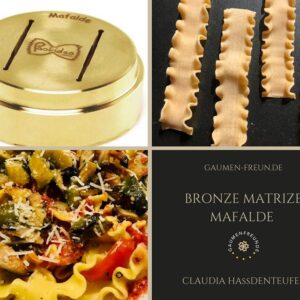

Reviews
There are no reviews.